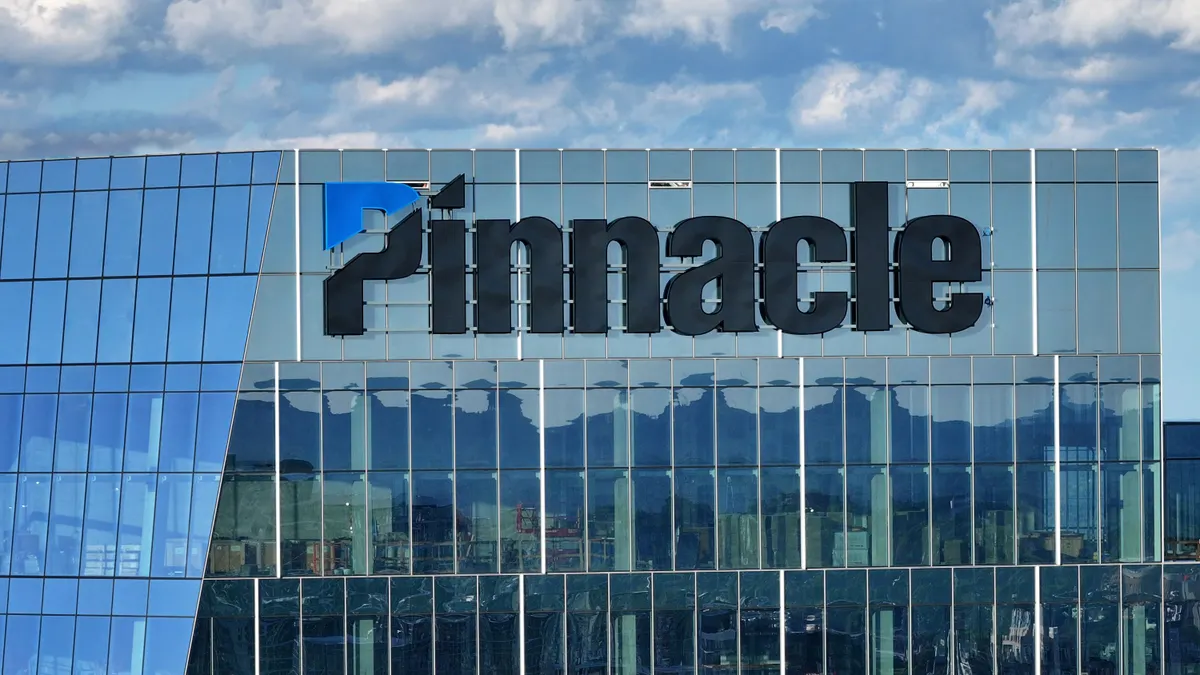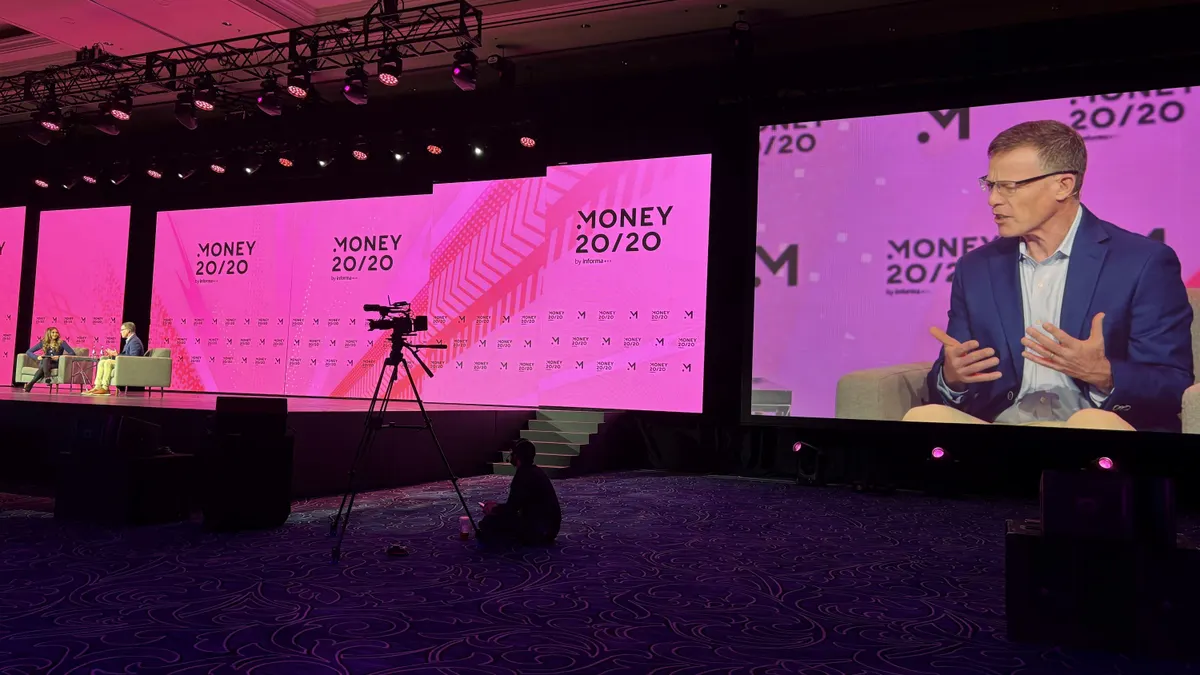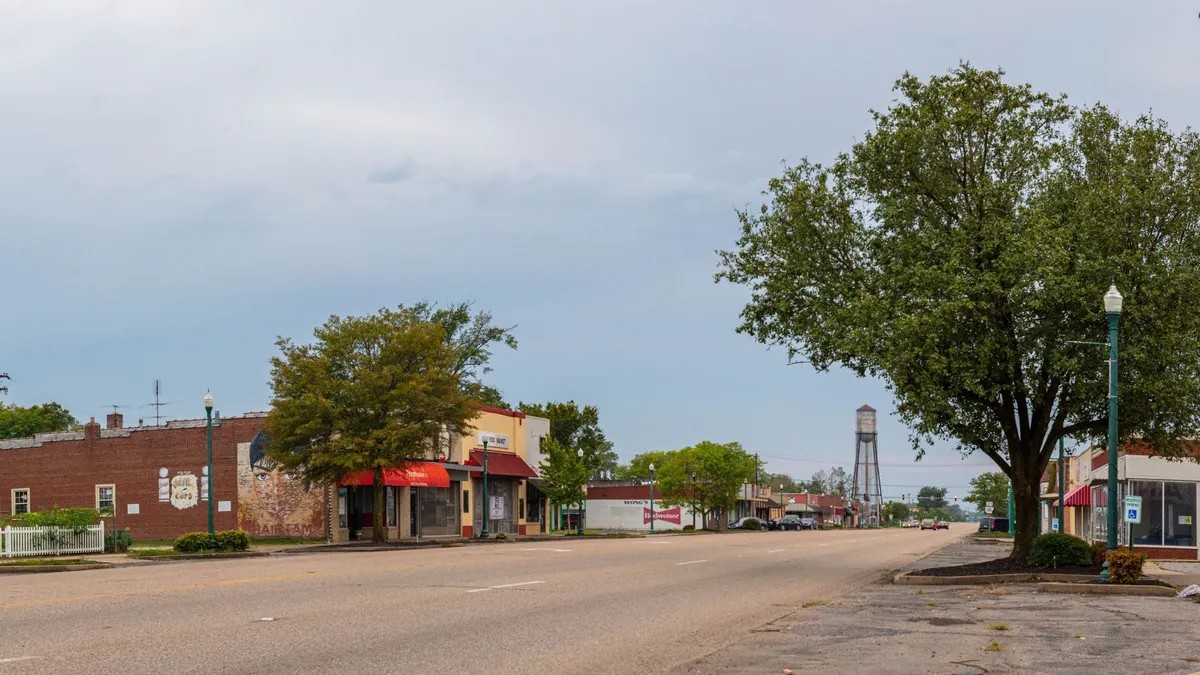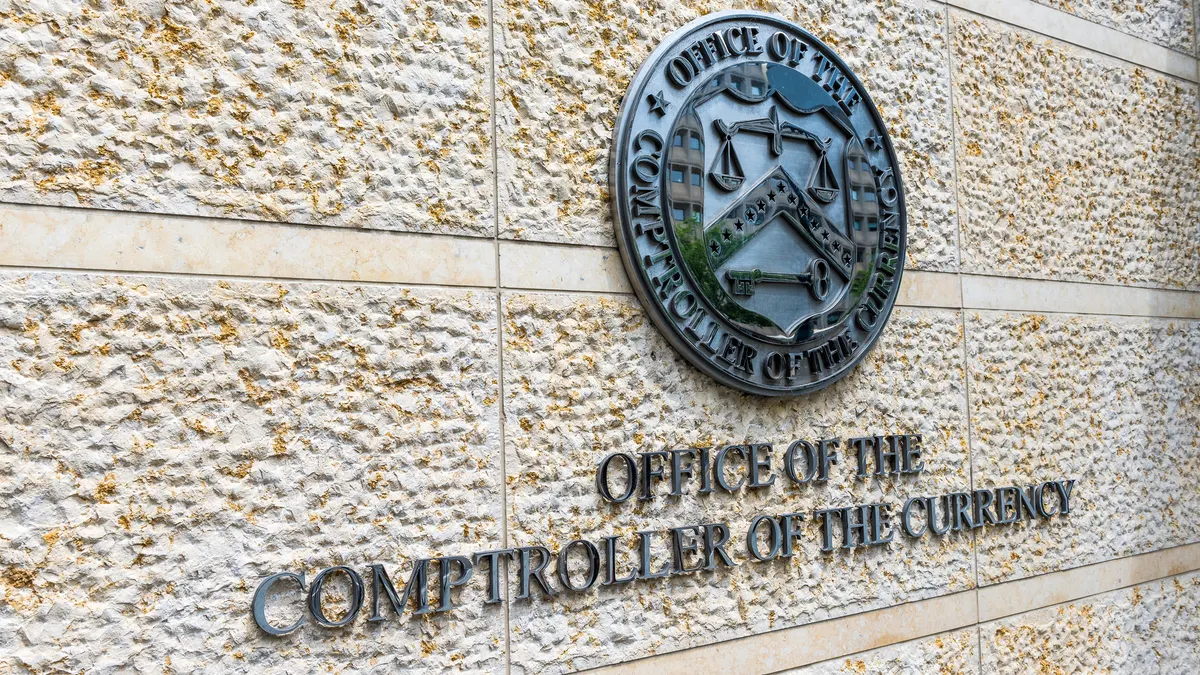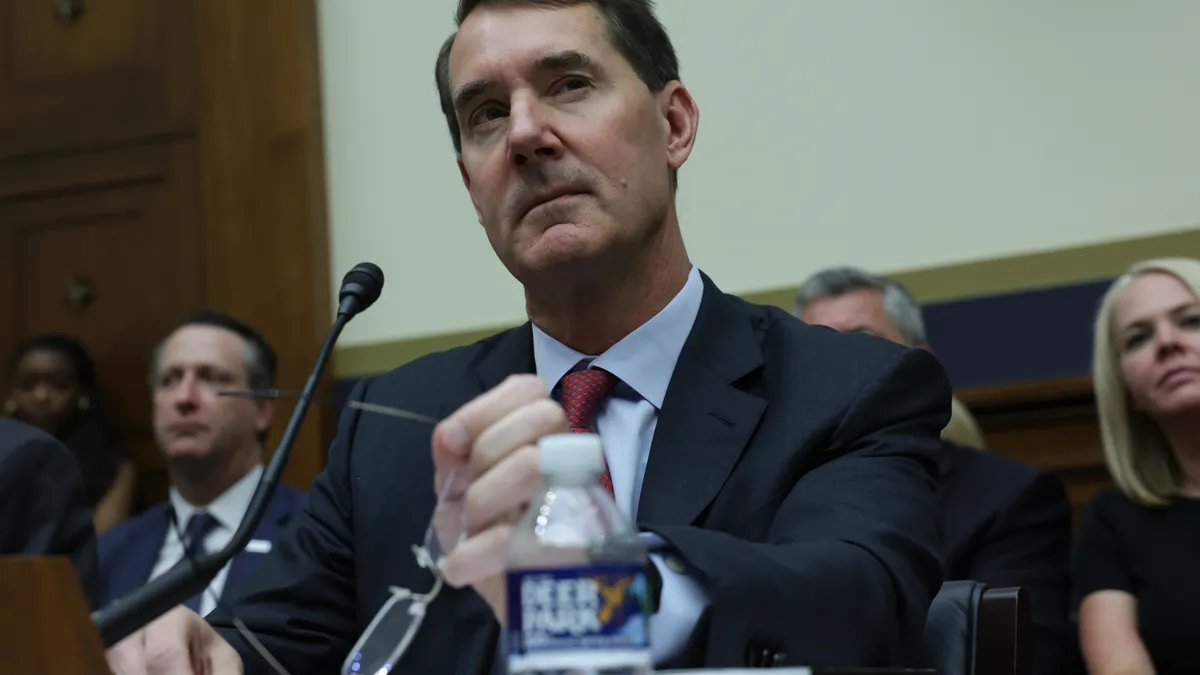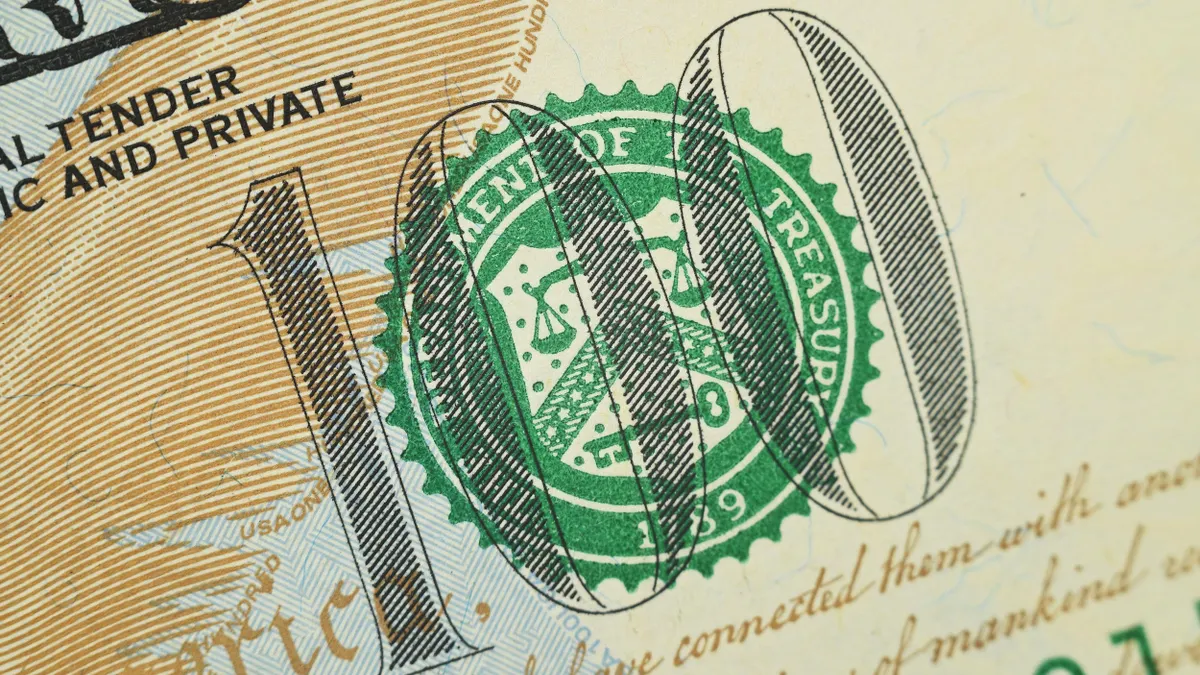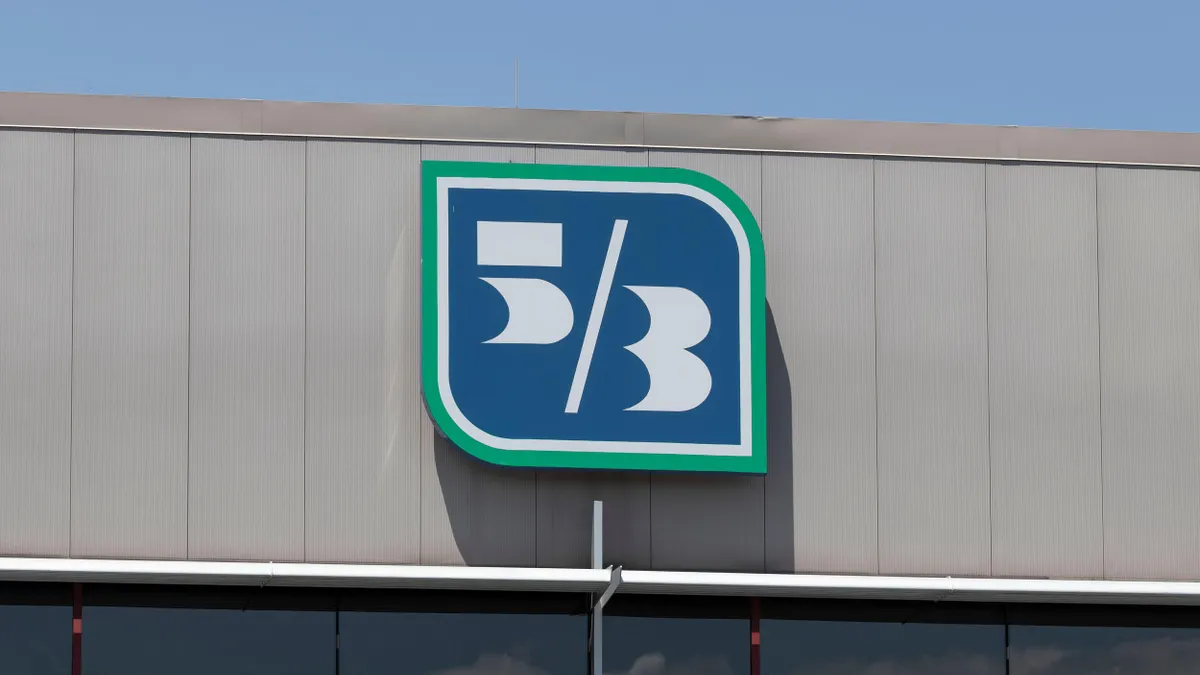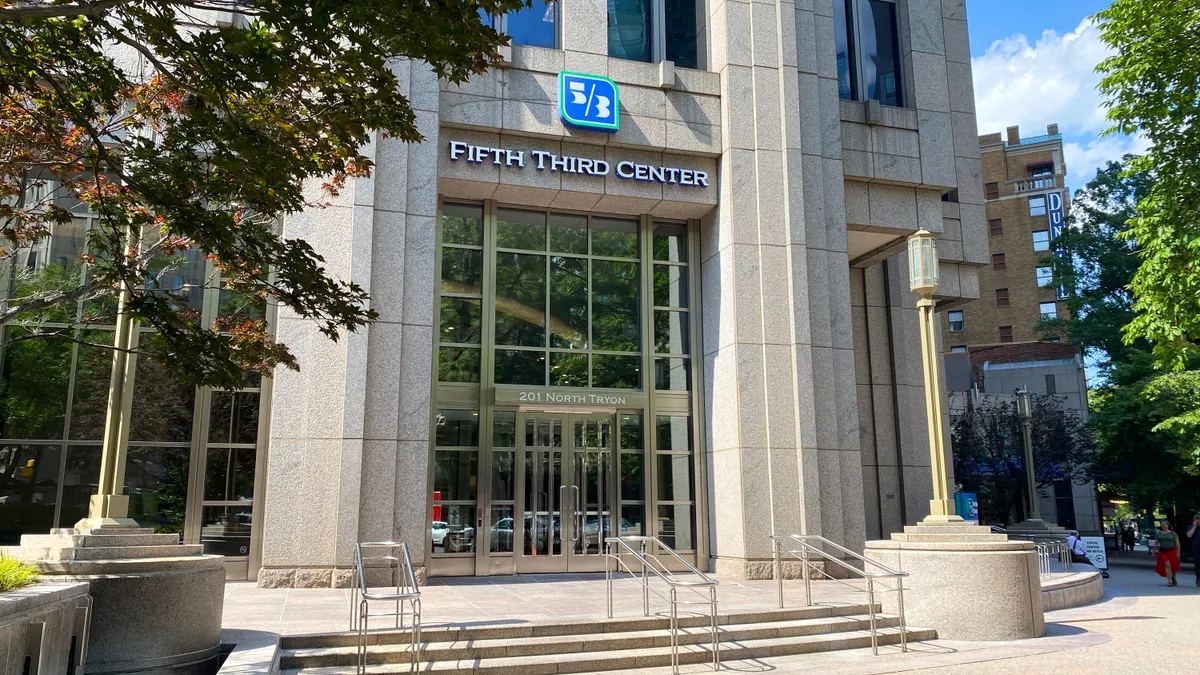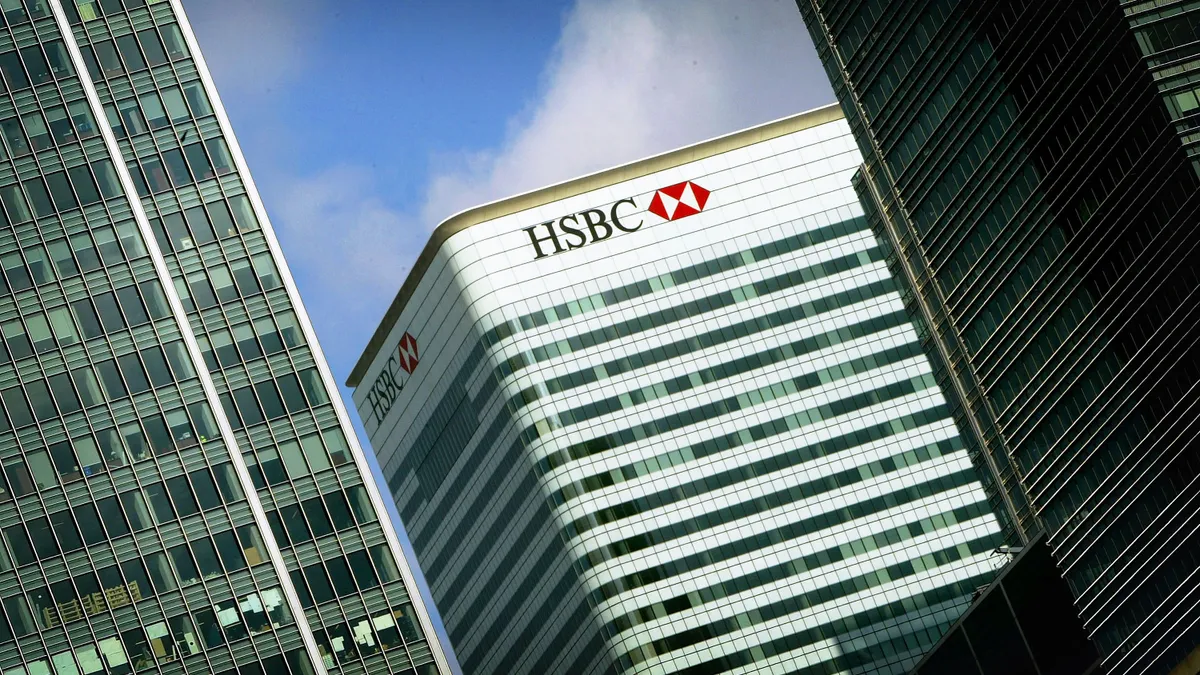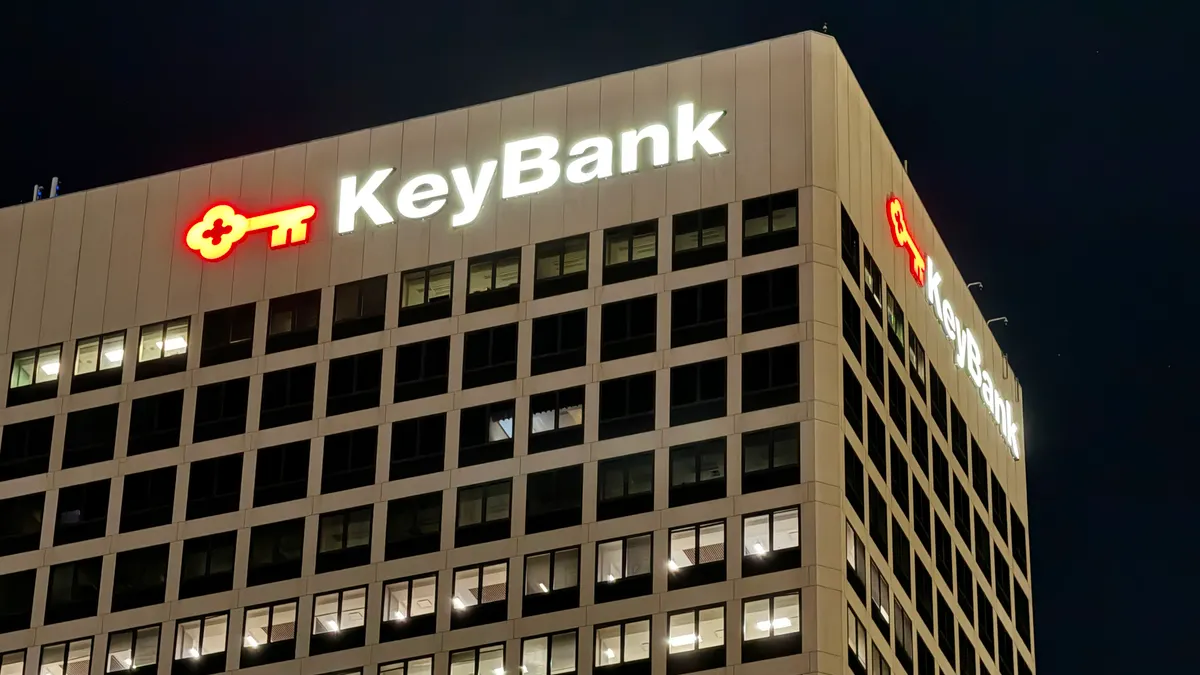When Pinnacle CEO Terry Turner and Synovus CEO Kevin Blair spoke at an investor conference Tuesday about their banks’ impending merger of equals, Truist seemed to be the elephant in the room.
“We can't make the mistakes that other organizations did, where they handed the CEO [role] to one guy for a while, handed the CEO to another guy for a while, and all the ripple effects in that organization, both in how they go to market, the political ramifications of it, the turnover that’s caused by that,” Turner said during a Barclays investor conference appearance.
When BB&T and SunTrust combined in 2019, the banks agreed that BB&T CEO Kelly King would serve as Truist’s first CEO – until 2021, when SunTrust CEO Bill Rogers would succeed him. Rogers would be president and chief operating officer until then, and King would become board chair after.
In Pinnacle’s case, Turner, 70, and Blair, 54, noted they agreed up front that Blair would be CEO of the combined company, “and there can’t be flip-flopping of CEOs in months and quarters to come,” Blair said. Turner will become chair of the board of directors.
The two banks also decided the merged entity would use Nashville, Tennessee-based Pinnacle’s go-to-market and incentive compensation models, as well as its branding, and the core processing platform Columbus, Georgia-based Synovus uses.
Turner mentioned Truist by name only once Tuesday, when addressing media reports – days ahead of the merger announcement going public – that $61 billion-asset Synovus and $54.8 billion-asset Pinnacle were in advanced talks.
“One of my great frustrations is, in this transaction, we had a leak,” Turner said. “And so what that did was put a microphone in the hand of a bunch of skeptics out there to paint this deal like Truist 2.0, which it is not. ... This is a starkly different transaction.”
Negative investor reaction largely accompanied the merger announcement in late July. The Pinnacle-Synovus combination – the largest bank merger announced this year – was initially valued at $8.6 billion, but both companies saw their share prices shortly after. S&P Global Market Intelligence put the transaction’s value at about $7.9 billion as of mid-August.
Barclays analyst Jared Shaw noted “there's some concern in the market that MOEs in the Southeast are tough to pull off.” Another analyst asserted the Truist deal left investors with “scar tissue.”
Blair emphasized the banks have “tried to make every decision to learn from those mistakes [of past MOEs] and do things a little differently.”
“We didn't focus too much on the ‘equal’ part of the MOE; we chose the best athlete to make sure that we have the right people in the right seats to move forward, and we did that early on,” Blair said.
Blair and Turner had been discussing the deal for about five months before it was announced, and worked through a number of essential decisions during that time, Blair noted. Last month, the banks laid out the expected C-suite roster for the combined company.
The new entity will also adopt Pinnacle’s more aggressive hiring approach, which employs an “entrepreneurial spirit” giving local leaders more autonomy to hire, Blair said. Synovus’ team “has not had the same fervor around hiring” that Pinnacle has had, he said. Pinnacle has 570 revenue producers, compared with Synovus’ 270.
“There is lots of opportunity to add,” Blair said. “Rob McCabe being our chief banking officer will instill that hiring model across our franchise, and I think we're going to get that thing primed and ready to go for [20]26.”
The bank plans to hire about 35 revenue producers next year.
Blair and Turner made a point of calling out cultural alignment between the two banks; cultural differences were an issue amid the merger creating Truist, analysts have said.
“We know how to inculcate culture,” Turner said. “I've made other big acquisitions that look much like this. We got through, we didn't lose the market leader, we didn't lose a revenue producer at all in the transaction.
“The way we got that done was we spent the time and energy to help people buy into what we're doing,” he continued. “We don't put the thing on autopilot.”
Executives expect the deal to close in the first quarter of 2026, and spend 12 to 14 months on conversion.
That's a little longer than usual, Blair acknowledged, but executives want to provide additional resources and training to prepare for moving half of the combined company’s client base to a new platform, “so that the move itself is far less painful than what we've seen with some other conversions.”
Rebranding will occur in 2027, Blair said. Executives are now choosing the client-facing technology that the combined bank will deploy.
“Indecision and lack of accountability can be a challenge, because if you don't set the tone at the top, you have a lot of folks throughout the organization that are questioning the outcomes, and there's a tremendous amount of uncertainty and fear,” Blair said.


